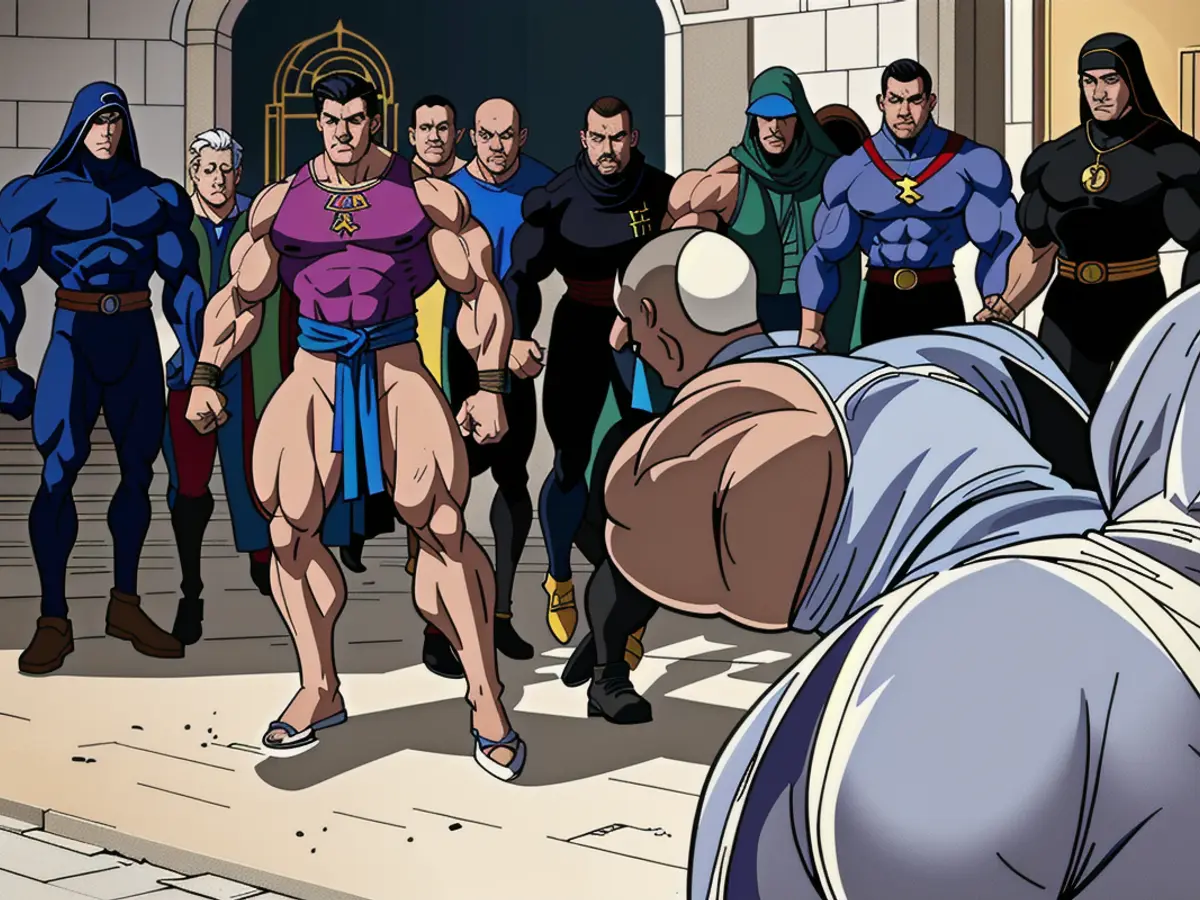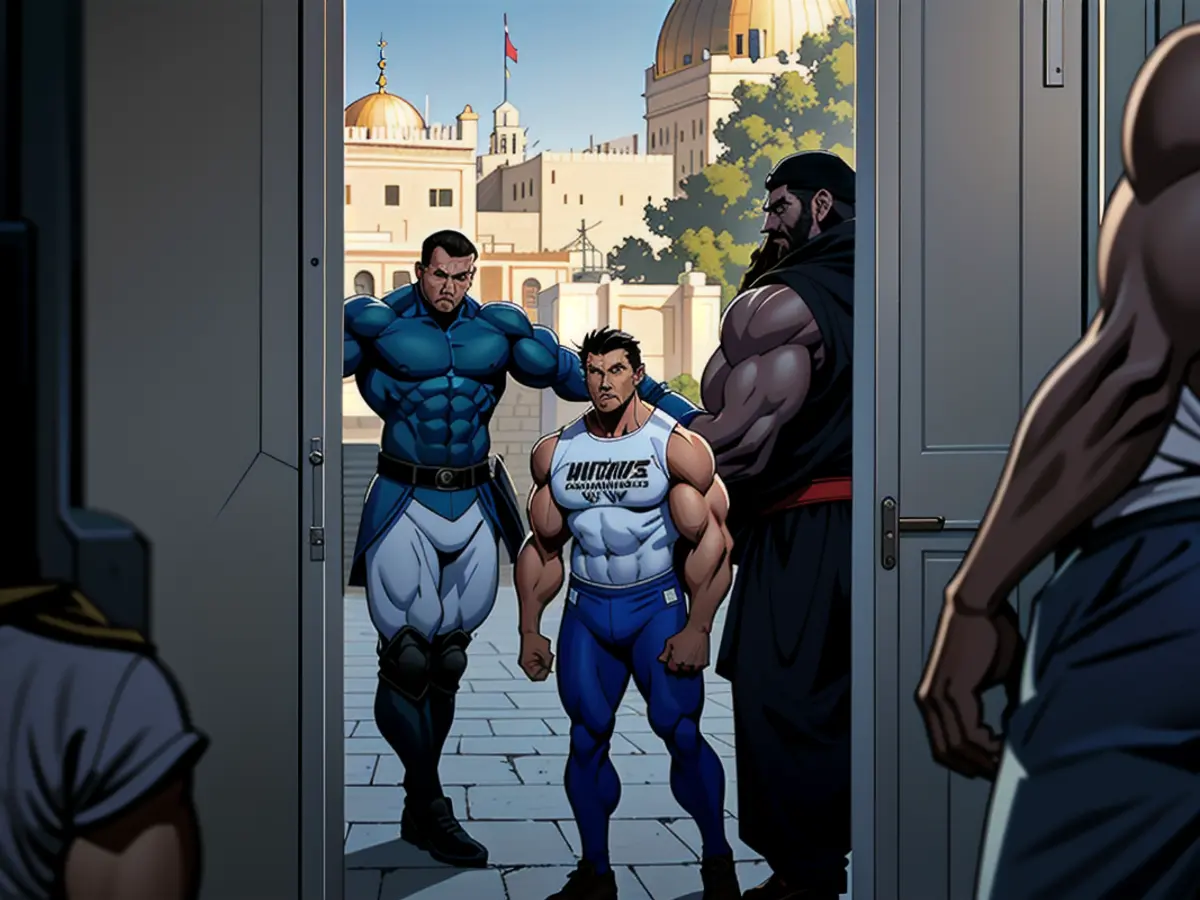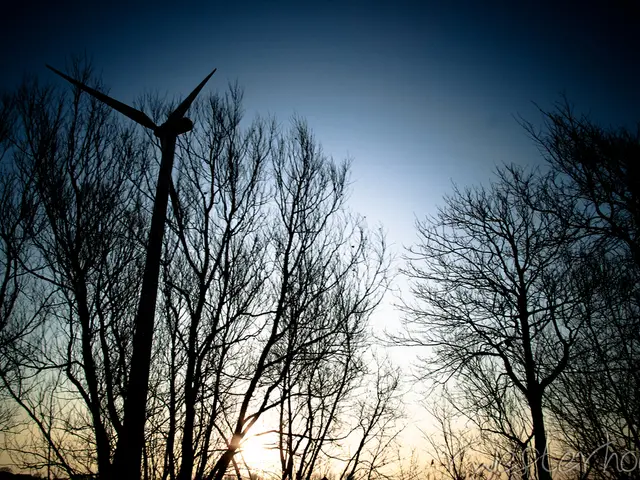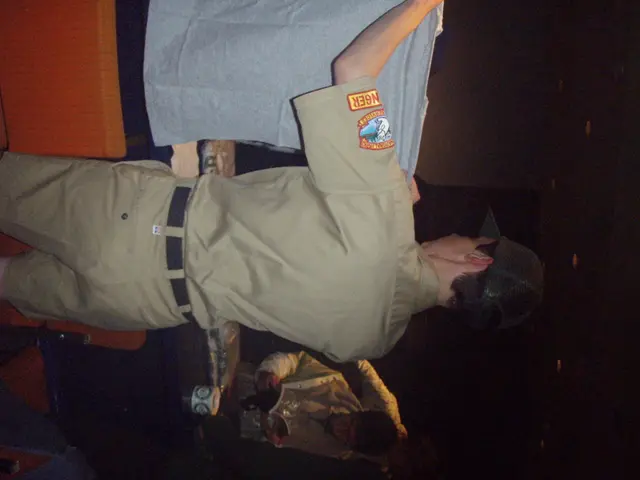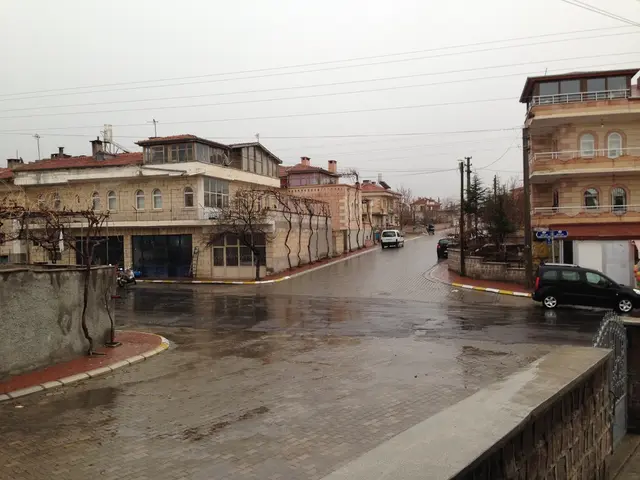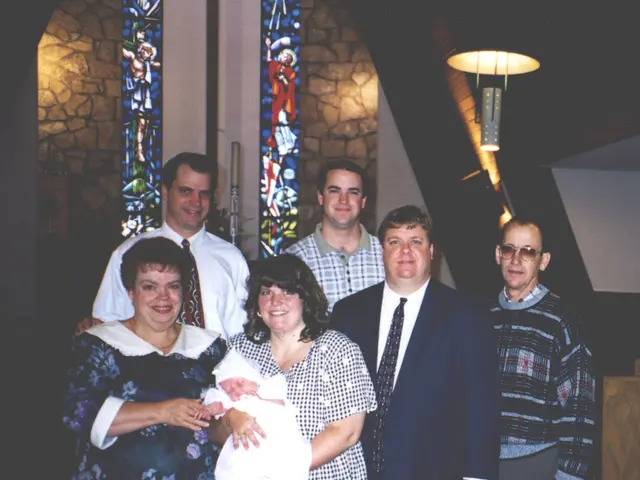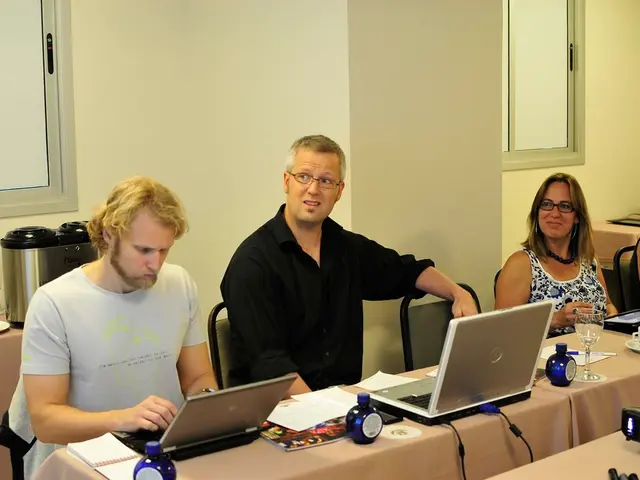Sneaking Past Security: Jewish Worshippers and Zvi Sukkot at al-Aqsa Compound
Multitudes of Jewish devotees flock to a sacred Jerusalem site; Israeli lawmaker openly brags about excluding Arabs from proximity.
Thousands of passionate Jewish worshippers flocked to the al-Aqsa compound during the Passover holiday. While enjoying the holy site, Israeli lawmaker Zvi Sukkot, a member of the Religious Zionism party, boasted, "Arabs don't stand a chance near us."
under the watchful eyes of Israeli security forces, Sukkot violated the delicate status quo agreement that governs the site, prostrating himself in prayer. He proudly claimed, "Jews are getting down on their knees, holding minyanim here. Arabs aren't allowed to come near us at all."
The al-Aqsa compound is a contentious holy area for both Jews, who know it as the Temple Mount—the holiest place in Judaism, and Muslims, who call it the Haram al-Sharif and consider it the third holiest site in Islam. Despite anyone being able to visit the compound, only Muslims are allowed to pray there, under terms outlined since Israel captured the Old City of Jerusalem in 1967.
While the status quo agreement has been repeatedly tested and challenged, visits from far-right Israeli lawmakers, such as Sukkot, have intensified the already-tense situation. Some of these visits have incited protests and stirred up international controversy.
On Thursday, video footage captured Sukkot surrounded by a group of Jewish men openly praying as an Israeli police officer stood by casually, giving no disturbance or interruption to the prayer session. Ecstatic about the shift in atmosphere, Sukkot exclaimed, "It's a miracle! Back then, they watched us like hawks—if they caught a whisper of prayer, they'd jump all over us. What's happening now is astonishing."
The surge in Jewish worshippers attending prayer sessions at the compound since Passover began last weekend reached a record-breaking 6,315, as reported by the Temple Mount Administration. With 2,106 attendees on Thursday alone, the organization described the number of visitors as "historic records," marking a 37% increase from last year.
Far-right Israeli Minister of National Security Itamar Ben Gvir, who leads the Jewish Power party, praised Sukkot's visit, stating, "For the last 30 years, nothing like this has been done––and I'm honored to lead this incredible change, courtesy of divine intervention."
In 2023, Ben Gvir became the highest-level Israeli official to visit the site since Ariel Sharon's 2000 visit, which had previously sparked chaos and violence. The following year, the Prime Minister's office was compelled to release a statement proclaiming, "The status quo at the Temple Mount remains unchanged."
With tensions between Palestinians and Jewish worshippers already high, Sukkot's bold visit has added fuel to the fire, raising concerns about the future of the delicate status quo agreement and its impact on relations in the region.
Historical Background
The al-Aqsa compound, sacred to both Muslims and Jews, is steeped in thousands of years of religious history. Jews believe it is the location of the First and Second Temples, central to ancient Jewish worship. For Muslims, the site hosts the al-Aqsa Mosque and the Dome of the Rock, built in the 7th century, making it the third holiest site in Islam. Throughout history, the site has changed hands numerous times.
Sources
- Encyclopaedia Britannica. (2023, March 14). Al-Aqsa Mosque. Retrieved from https://www.britannica.com/place/Al-Aqsa-Mosque
- The New York Times. (2021, April 13). Thousands of Jewish Worshipers Visit Al-Aqsa Mosque complex on Passover, triggering protests. Retrieved from https://www.nytimes.com/2021/04/13/world/middleeast/israel-al-aqsa-passover.html
- Jerusalem Post. (2019, August 21). Incitement, provocations and the al-Aqsa Mosque crisis. Retrieved from https://www.jpost.com/opinion/incitement-provocations-and-the-al-aqsa-mosque-crisis-601823
- Arab News. (2021, April 9). Temple Mount, Al-Aqsa compound: Islamic-Jewish tensions escalate in Jerusalem. Retrieved from https://www.arabnews.com/node/1843411/international-section
- The al-Aqsa compound, a holy site for both Jews and Muslims, has been a focus of world politics and general news, especially during periods of war-and-conflicts and visits by Israeli lawmakers, such as Zvi Sukkot.
- Despite the delicate status quo agreement that governs the al-Aqsa compound, far-right Israeli lawmakers like Sukkot, who visited the site during Passover, have shown an intention to challenge and potentially alter the existing rules.
- In the Middle East, the ongoing presence of Jews visiting sites like the al-Aqsa compound in Jerusalem, such as the record-breaking 6,315 attendees during Passover weekend, can intensify the already-tense relationships between different religious groups, potentially leading to increased conflict.
- In the regional politics, ministers like Itamar Ben Gvir, who leads the Jewish Power party, have applauded visits like Sukkot's to the al-Aqsa compound, viewing them as a significant change that aligns with their goals for the area.
- As the Middle East continues to grapple with religious tensions and conflicts, the future of the al-Aqsa compound, its status quo agreement, and the impact these agreements have on the broader region remain fresh topics for discussions among lawmakers and the general public alike.
